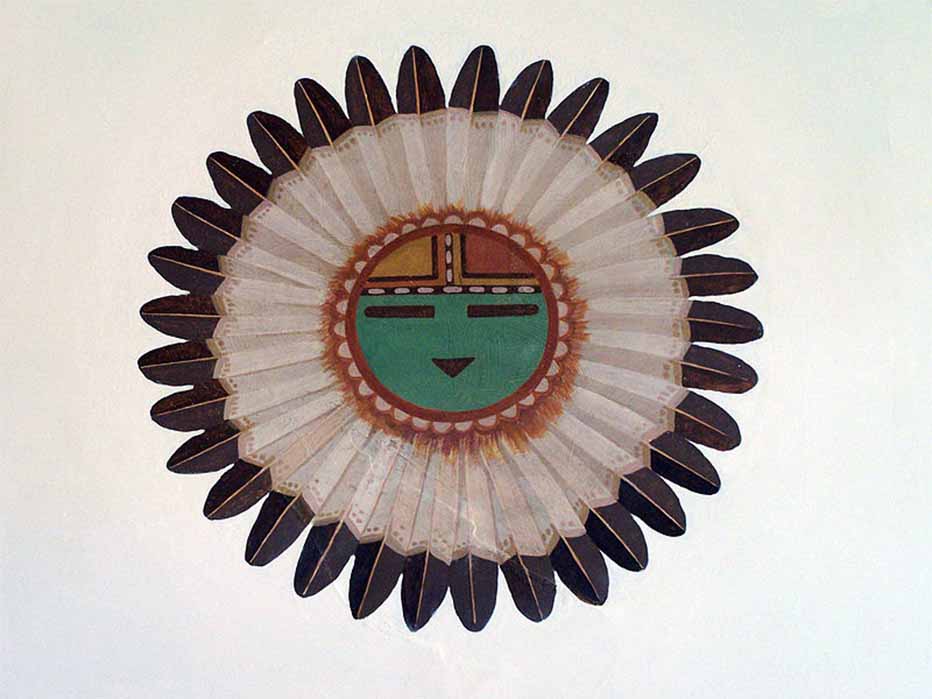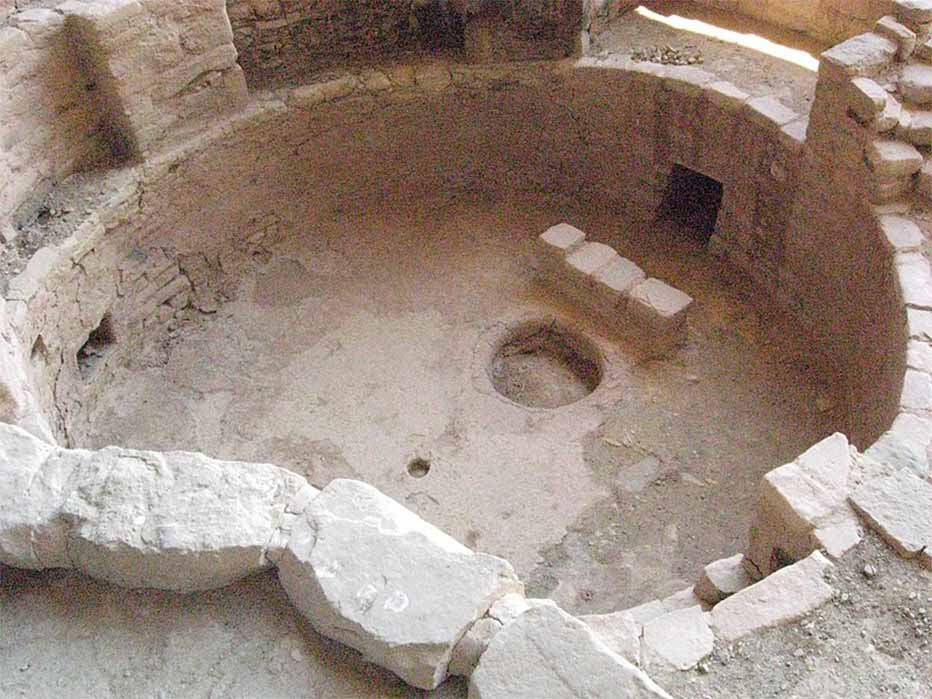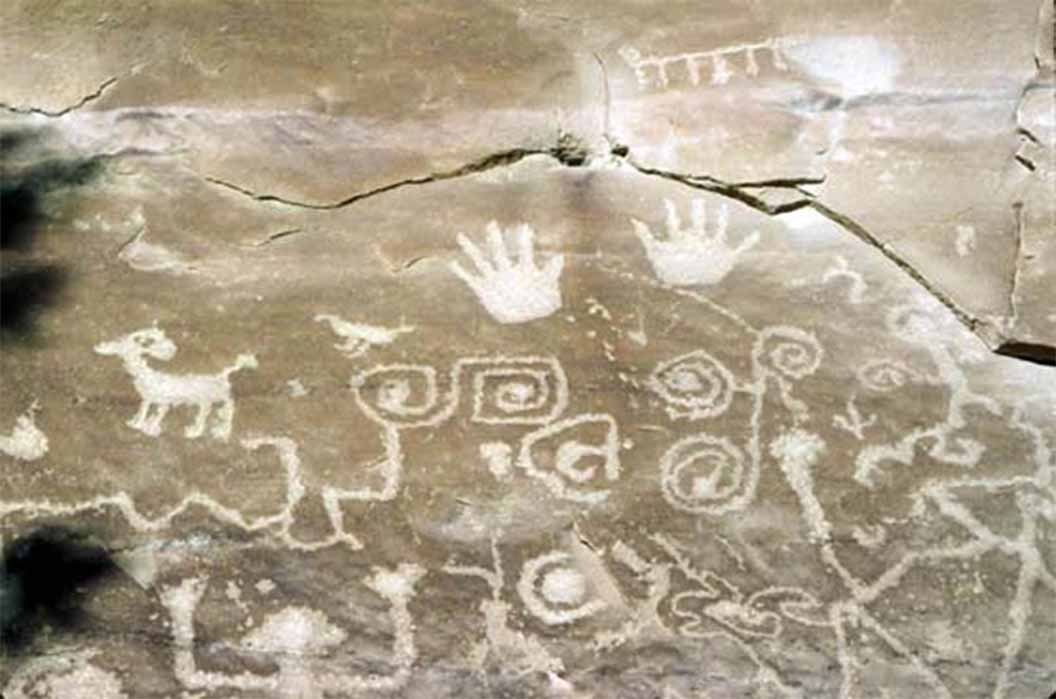
Hopi Oral Traditions Of Creation Parallel Evolutionary Adaptation To Climate Change
Various spiritual traditions hold different views of how the Earth and humankind came to exist. There is the Christian view, mentioned in the Bible, Gospels not included in the Bible, and other Christian texts such as the Kebra Nagast, in which God alone created both Heaven and Earth in six days before taking a much-needed break to rest on the seventh. Adam and Eve were created, but not without some trials and tribulations before and after they had tasted fruit from the Tree of Knowledge, for when this happened God said, “Behold, mankind has become like us, knowing good from evil, and we must cast them out.” Then there are various cultures, such as the numerous tribes in North America and the ancient Sumerians who possibly believed humankind came from the sky, an idea explored in detail by Ancient Astronaut believers. There is the Chinese idea involving a giant turtle and the Japanese male god Izanagi and the female goddess who, while standing on the floating bridge of heaven, created the world.

Tawa, the sun spirit and creator in Hopi mythology, by Fred Kabotie (Public Domain)
Hopi Cyclical View of Creation
One of the more interesting phenomena is a belief shared by many North, South, and Central American tribes that human beings emerged from the earth, and this element of Native American culture forms an integral part of world history as a whole. The Hopi in north-eastern Arizona believe in a cyclical view of creation. They believe that this world is the fourth one, three having existed previously. The first world did not contain human beings as would be recognized today. They were rather insect-like (ant-people) and they lived in deep underground caves. Different factions of them began to fight with each other and the creator god, the sun god Tawa, sent a messenger named Spider Grandmother who informed them that they had to change their ways and that they had to emerge from the caves. They came up into this world through a sort of fissure, called a sipapu. As the end of one world draws near the sipapu appears to lead the Hopi into the next phase of the world. The original sipapu is located in the Grand Canyon. The tradition of the sipapu – a small hole in the earth - is still found in the ancestral and some modern homes of the Hopi. The sipapu is a small round hole in the floor of the kiva or fire pit.

The sipapu is the small round hole in the floor of the kiva. The large round hole is a fire pit. The air intake (square hole), the stones blocking air from the intake, the pit and the sipapu form a line: an intentional design. At Long House, Mesa Verde (Wvbailey/ CC BY-SA 3.0)
This belief, that human beings as they are known today, emerged from sacred caves, is mirrored by the Mesoamerican Aztec and Mayan legends. The messenger descended down into the caves and told them that they had to emerge into a new upper world that had just been created.
According to Hopi legends, their journey was arduous, and by the time they reached the surface, they no longer looked like insects but more like furry creatures and animals of every sort. Some had webbed fingers. Some had tails. So the subterranean insects changed into creatures that breathed oxygen and could now survive in the upper world.

A petroglyph in Mesa Verde National Park. The boxy spiral shape likely represents the sipapu, the place where the Hopi believe they emerged from the earth (Public Domain)




